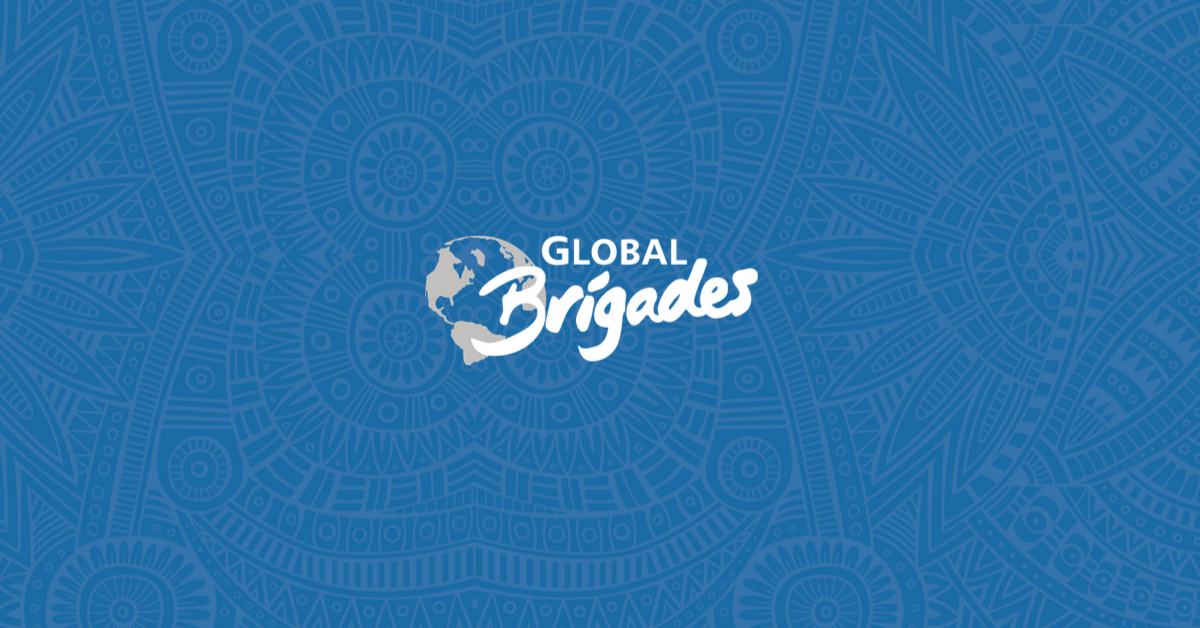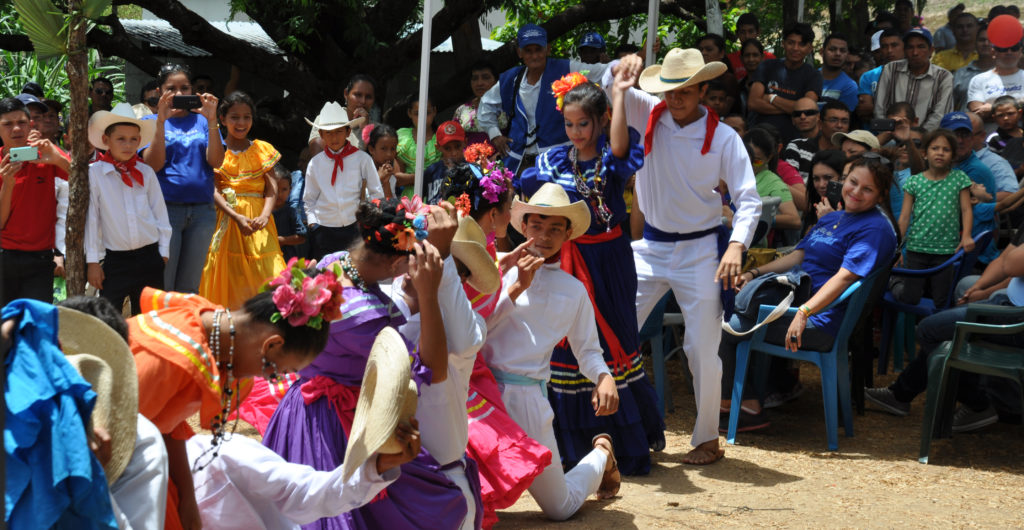On Tuesday, January 12th, a devastating earthquake rattled the small island nation of Haiti, changing the landscape of the country forever. This tragedy has allowed national governments, charitable organizations, and average people to come together as a cohesive unit to bring relief to a nation that is in urgent need of it. Consequently, it is vital to understand what has been done in the area and most importantly, what yet can be done.
When the earthquake first struck, the humanitarian effort was almost instantaneous. The United Nations immediately sent an extra 3,000 troops and workers, The World Bank donated $100 million to the area, and in the private sector, some celebrities even donated as much as $3 million of their own money. Relief organizations big and small have given food, water, and manpower to do whatever they can to help. Yet, the country is still in desperate need of trucks to haul out rubble and basic medical supplies to help the wounded. The situation in Haiti is so dire that these efforts have had as many failures as they’ve had successes. In terms of what can be done, the surface hasn’t even been scratched; this is a sentiment that no one understands better than former President Bill Clinton.
The former President joined up with former President George W. Bush to create the Clinton Bush Haiti Relief Fund, but has also had direct involvement with relief efforts through his foundation, The Clinton Global Initiative. With the help of the machine behind The Clinton Global Initiative, Doug Band, the operation has been at the forefront of international aid and philanthropy since its inception in 2005. The CGI has helped more than ten million children gain access to better education, granted more than $150 million in medical research, and has provided treatment to over 30 million people for tropical diseases. Learn more about The Clinton Global Initiative here.
For the relief effort in Haiti, the CGI has sent supplies, gathered funds, and developed plans for the long-term economic viability of the nation in the wake of this disaster. In fact, it’s been said that when the former President was admitted to New York Presbyterian Hospital he insisted on having his cell phone by his side at all times. Doctors and personal counselor Doug Band did their best to restrict his movement and enforce sleep. Despite their persistence, Clinton remained as steady as he was prior to the surgery, showing that his passion and commitment made the former President ignore his own well-being for the interest of a suffering nation. By visiting the Initiative’s website, you too can contribute to help the people of Haiti overcome this horrible disaster.
Although it’s still early, there’s one major element of restoration that has been overlooked; Construction. This more or less aligns with the implications of “economic viability” and long term sustainability, posing the questions, “Can Haiti really make it through all the costs of repair and reconstruction?” Infrastructure can take a toll on any economy, especially if the funds aren’t there. This goes hand in hand with meeting modern day LEED standards and approaching this in a “greener” sense. Organizations like Architecture for Humanity will make this possible. Architecture for Humanity (1999) is a nonprofit design services firm building “a more sustainable future through the power of professional design.” It was formulated through a group of building professionals who’s overwhelming passion for construction drove them to provide a way for underdeveloped, suffering countries to rebuild. Through their dedication and hard work, these people will be able to not only create new buildings and infrastructure, but make them bigger, better, and greener.
To touch on just some of the things that AFH covers:
• Alleviating poverty and providing access to water, sanitation, power and essential services
• Bringing safe shelter to communities prone to disaster and displaced populations
• Rebuilding community and creating neutral spaces for dialogue in post-conflict areas
• Mitigating the effects of rapid urbanization in unplanned settlements
• Creating spaces to meet the needs of those with disabilities and other at-risk populations
• Reducing the footprint of the built environment and addressing climate change
The tragedy in Haiti has shown the worst of what Mother Nature can do, but has also shown the best of the human spirit, whether it be through philanthropists and nonprofits or help from the simple individual. People from around the world came together to bring help and aid however they could. Getting this struggling nation back up on it’s feet will be a battle, but with the help of organizations like the CGI and AFH, it will be a battle with an undoubtedly positive outcome. Nevertheless, there is still much to be done to not just dig Haiti out of the rubble, but to bring hope back to its people.
03/02/2010



